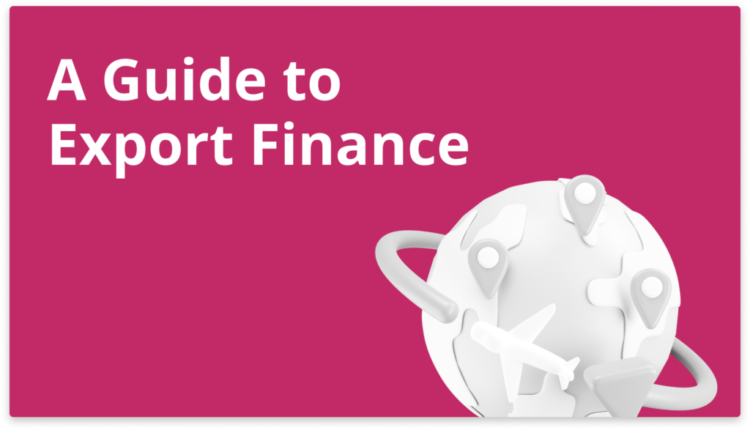What is Import-Export Income & Billing
Income & Billing
What can you expect to make as an international trader? The amount’s entirely up to you, depending only on how serious you are and how willing you are to expand. Annual gross revenues for the industry range from $30,000 to $200,000 and beyond, with an average of about $75,000. Some traders work from home, supplementing 9-to-5 incomes with their trading expertise. Others have launched thriving full-time businesses that demand constant care and feeding. Wahib W.’s export company has a staff of five that oversees multimillion-dollar contracts.
“There are tons and tons of opportunities for [export] trade,” says Wahib W. “U.S. manufacturers are at least 10 years behind the clock in exporting.” So the potential for growth is entirely up to you–as long as you’re willing to put in the time.
Pricing Yourself
As an international trader, you’re an intermediary in the buying and selling, or importing and exporting, transaction. Therefore, you have to determine not just the price of the product, but the price of your services as well. These two figures are separate yet interactive. Because you’re a swimmer in the trade channel, the price of your services has to be added on to the product price, and that can affect its competitiveness in the marketplace.
Since the fee for your services will impact the success of the product, you may ultimately decide to change your pricing structure. You don’t want to undercharge your client so that you can’t cover your expenses and make a profit, but you don’t want to overcharge and reduce the competitiveness of your company and the merchandise you represent.
Import/export management companies use two basic methods to price their services: commission and retainer. Normally, you choose one method or the other based on how salable you feel the product is. If you think it’s an easy sell, you’ll want to work on the commission method. If you feel it’s going to be an upstream swim, difficult to sell and require a lot of market research, you’ll ask for a retainer.
A third method is to purchase the product outright and sell it abroad. This is a common scenario when you’re dealing with manufacturers who would rather use you as a distributor than as a representative. You’ll still market the product under the manufacturer’s name, but your income will come from the profit generated by sales rather than by commission.
The Commission
Import/export management companies usually operate on a commission basis of about 10 percent. These fees are based on the product cost from the manufacturer.
Let’s say you’re working with English lawn chairs, which cost you $110 each. Here’s what you do: First, take the price the manufacturer is charging for the product: $110. Now multiply $110 by 10 percent, which gives you a commission of $11 per chair.
So your product price at this point is $121 per chair ($110 + $11). To come up with the final price, you’ll need to add other costs to this figure: any special marking or packaging, shipping, insurance and any representative or distributor commissions that you’ll pay to others in the trade channel, which we’ll go over a little later. Once you’ve arrived at a final price, you’ll check it against your competitors’ prices (you did do your market research, right?). If your product’s price is comparatively low, you can bump up your commission percentage.
For now, however, you can see that for every chair you or your trade channelers sell, you’ll get $11. If you sell a thousand chairs, that’s $11,000 for you!
Biting the Retainer
If the manufacturer can’t discount her price sufficiently or if you feel that the product will be a tough sell, you’ll want to ask for a flat retainer (the monetary kind, not the dental appliance kind). You’ll pass all the costs of market research along to the manufacturer. By taking a retainer, you guarantee yourself a set income rather than one tied by commission to a “problem” product.
To determine what your retainer should be, you’ll need to consider three variables associated with the performance of your services:
- Labor and materials or supplies: This usually includes your salary or estimated salary on an hourly basis plus the wages and benefits you pay any employees involved in the performance of the job. To determine labor costs, estimate the amount of time it will take to finish a job and multiply it by the hourly rate of your salary and that of any employees you might use. You can compute materials as a percentage of labor, but until you have past records to use as a guide, you should use 2 to 6 percent.
- Overhead: This variable comprises all the nonlabor, indirect expenses required to operate your business. To determine your overhead rate, add up all your expenses for one year, except for labor and materials. Divide this figure by your total cost of labor and materials to determine your overhead rate. Or use a rate of 35 percent to 42 percent of your labor and materials.
- Profit: And the end result is: After all labor, materials and overhead expenses are deducted, profit can be determined by applying a percentage profit factor to the combined costs of labor and materials and overhead.


Comments are closed.